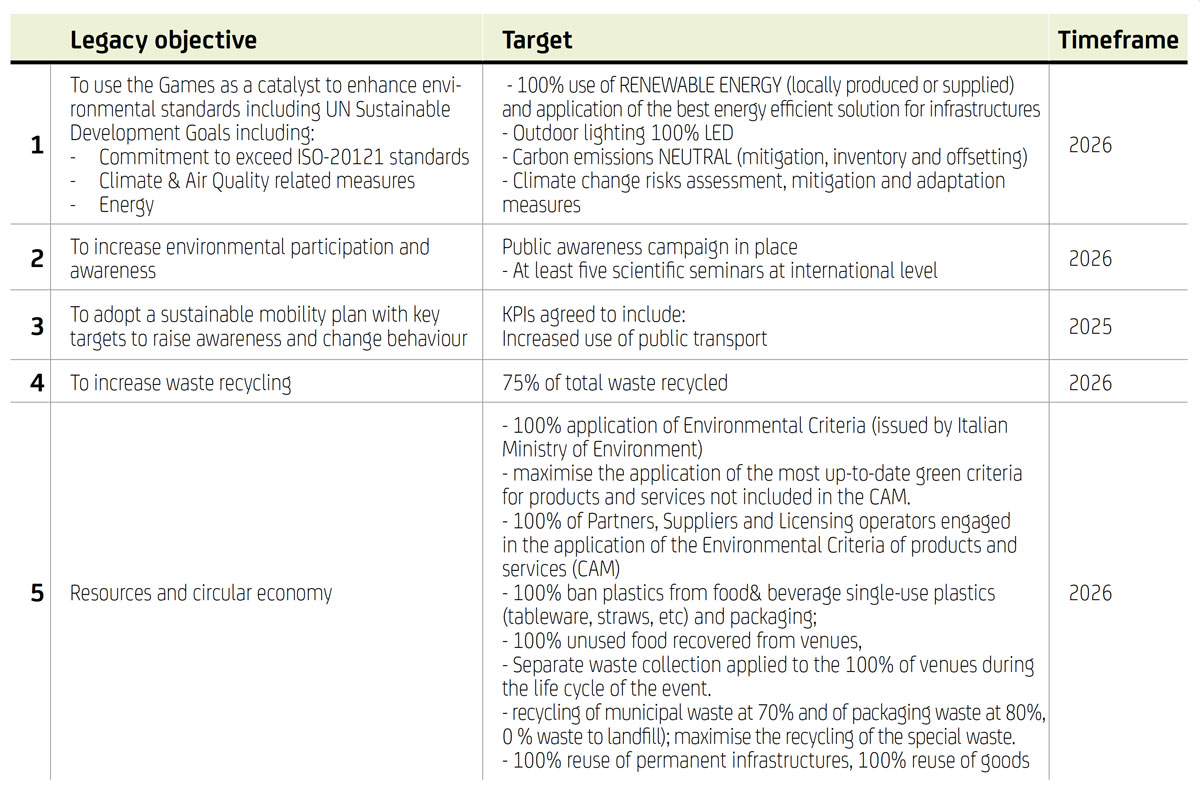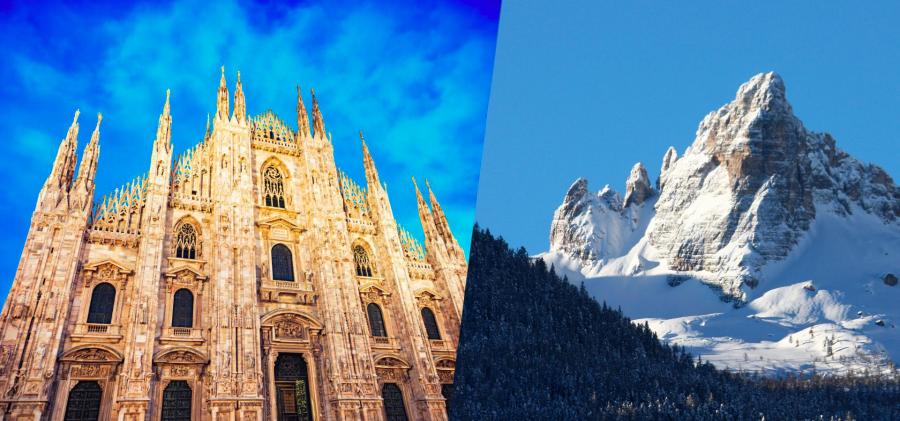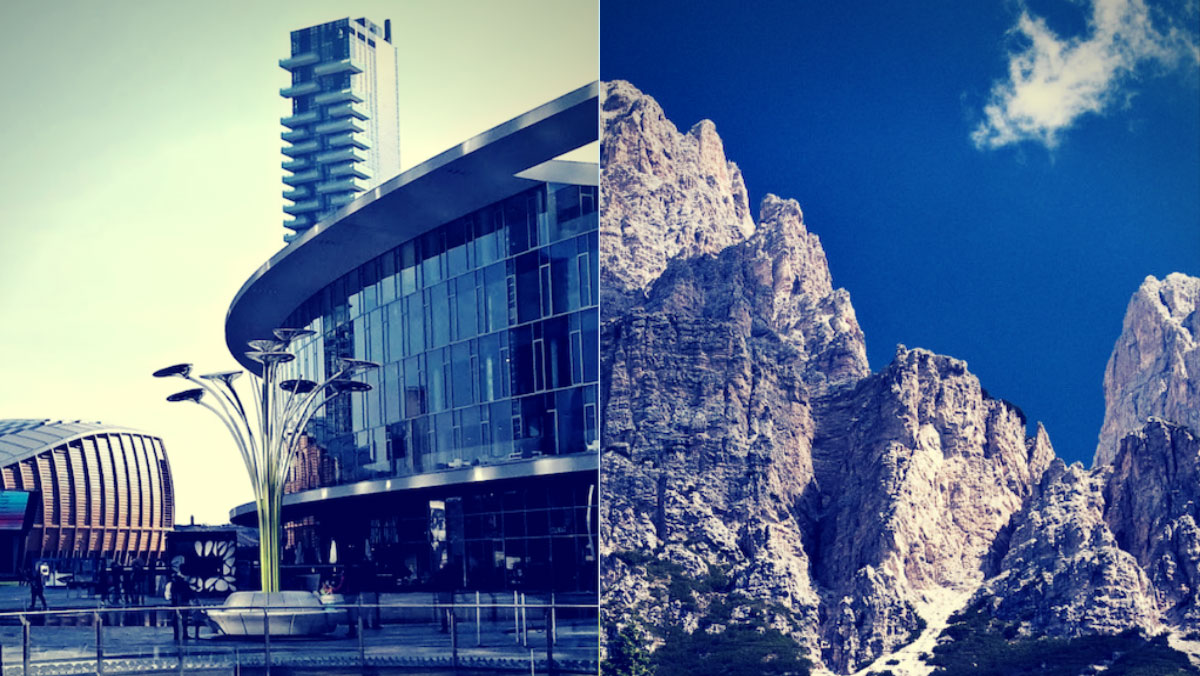
Dossier
The Milano Cortina 2026 Candidature was inspired by the IOC’s Agenda 2020 and presentation of ‘New Norm’ which clearly repositions hosting the Olympic and Paralympic Games as an event that is more sustainable, more flexible and more efficient, both operationally and financially, whilst also unlocking more long-term value for host cities.
English version French versionItalian versionCandidature Dossier – Pocket edition
English version Italian version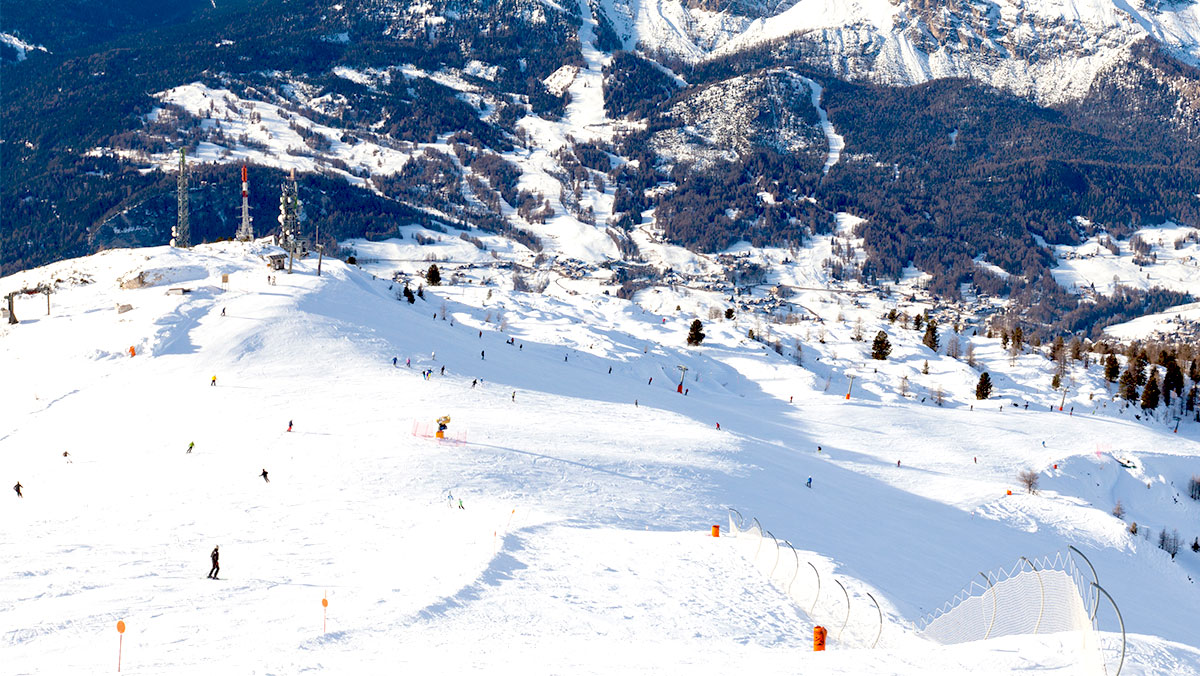
Games Delivery
Few territories in the world are able to concentrate so many skilled people in organising sporting events like Milano, Cortina and the Alpine region can.
These people and their skills and experience will be the backbone for the preparation of the 2026 Games.
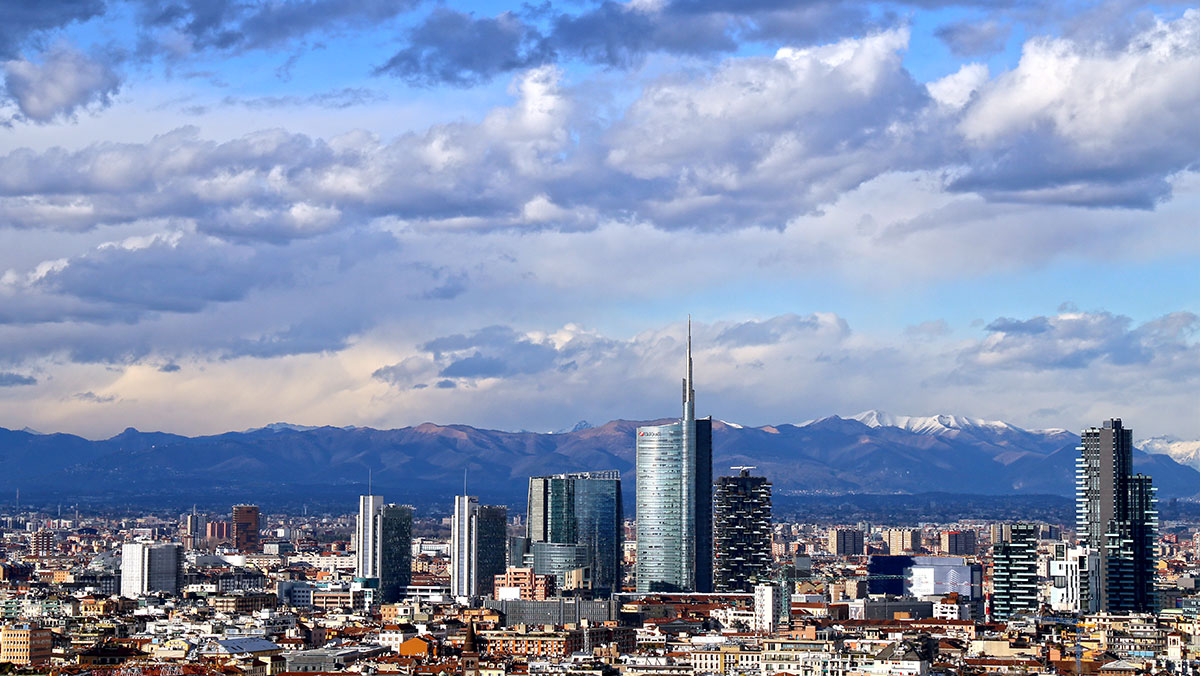
New era, new philosophy, new approach
We believe in the 3 pillars of Agenda 2020 and we will take the opportunity to implement its recommendations thus showing for the first time its positive impact, following the measures of the New Norm.
- CREDIBILITY
- SUSTAINABILITY
- YOUTH
New era, new philosophy, new approach
Olympic Agenda 2020 and the New Norm gave us the possibility to rethink the organization of the Olympic Games, focusing on:- reduce costs
- enhance flexibility
- increase sustainability
- create long-term legacy
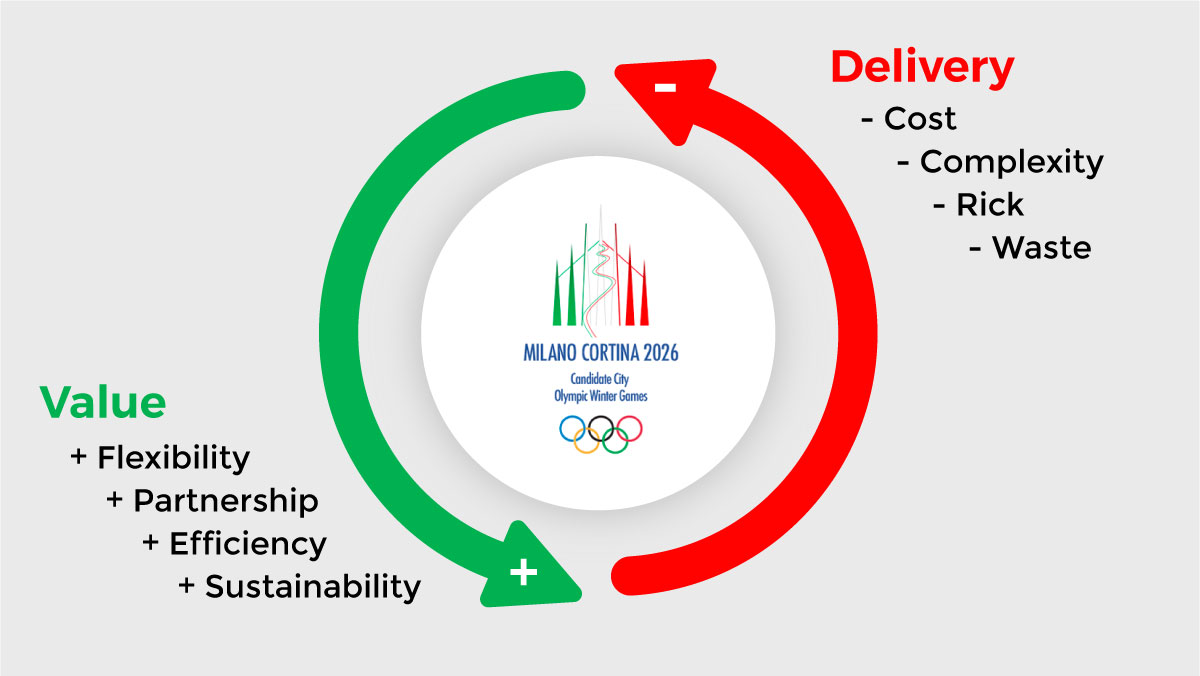
The New Norm
The New Norm acted as a game changer in our way to imagine how the Games will be organized.
Revised requirements
Olympic villageWe will re-examine village models, including size and layout
TransportationWe propose to further combine & optimize exsisting public trasportation opportunities and new mobility solutions
Venue SharingVenues will be shared across multiple sports and federations, decreasing the number of facilities needed
Positive results so far
The IOC's new philosophy has already produced significant financial savings in Olympic host cities:
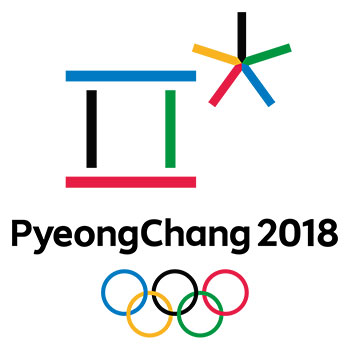
Mainly thanks to the Agenda 2020 reforms, Pyeongchang 2018 produced a 55 million-dollars surplus.
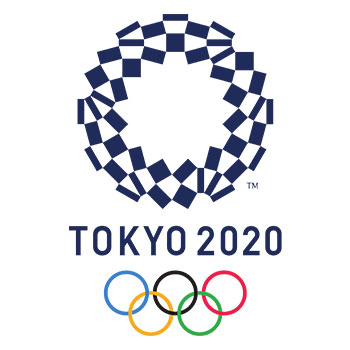
Tokyo 2020 saved USD 2.2 billion in the venues budget and an additional USD 2.1 billion since the introduction of the New Norm.
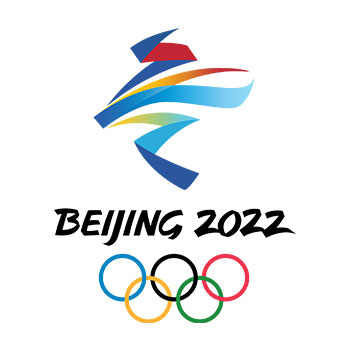
Beijing 2022 has embraced Agenda 2020 and the New Norm by working more closely with the IFs and re-using 11 of the 12 competition and non competition venues from 2008 Summer Olympic Games.
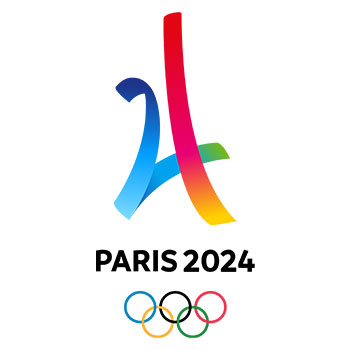
Paris 2024 will adopt an event delivery approach while creating an optimized Olympic Village that, like the Venue Masterplan, will leave a great legacy for the city.
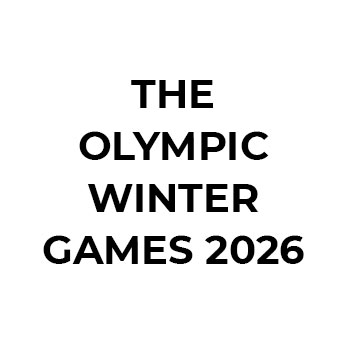
The 2026 Candidate Cities plan to use, on average, 80% of existing or temporary venues compared to the 60% used for the candidatures in 2018 and 2022.
The Initial Games operating costs projected by 2026 Interested Cities are, on average, 15% lower than those for 2018 and 2022.
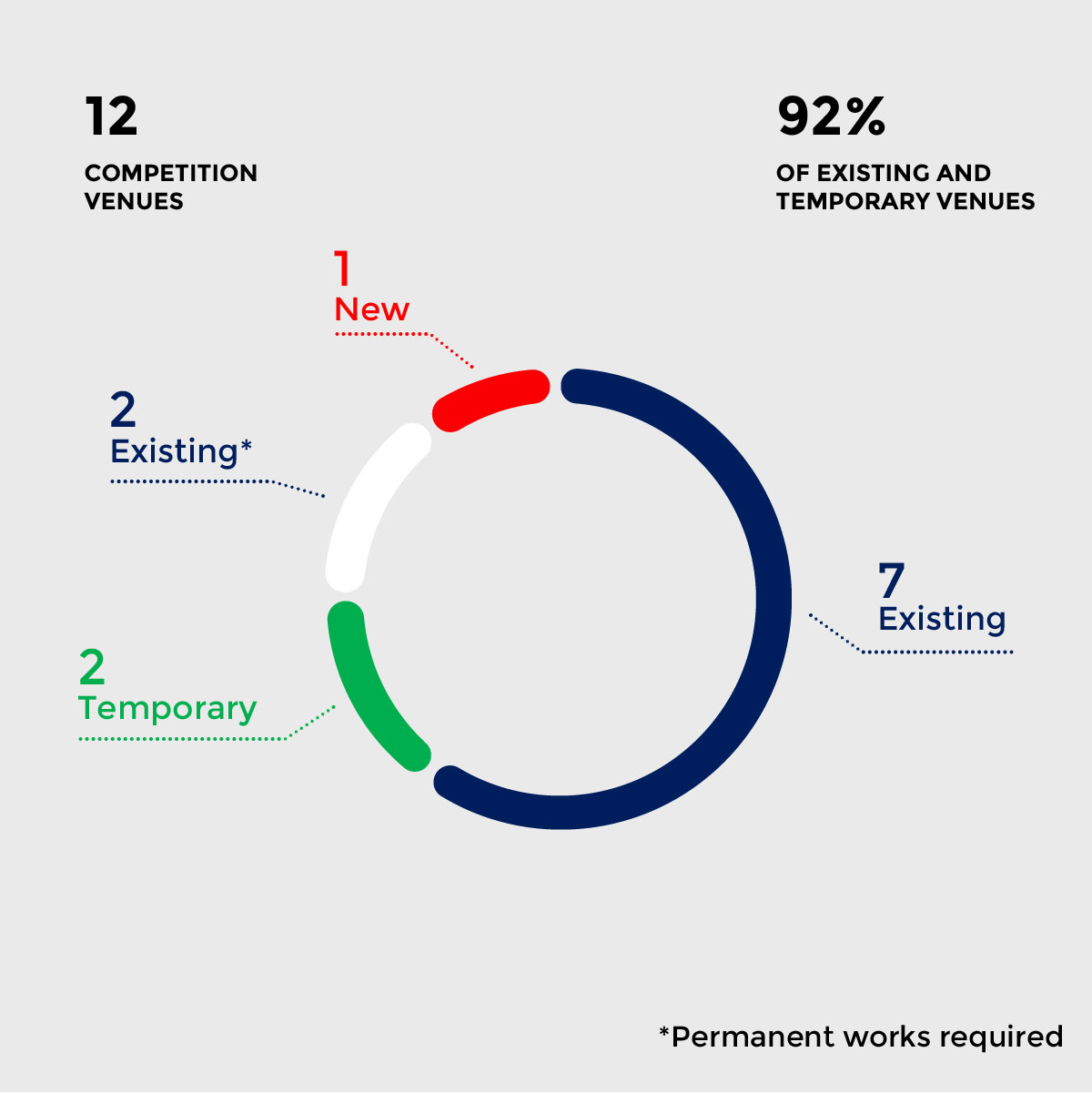
Games concepts Legacy
We focused on:
- Aligning with the Cities and the Regions long-term development plans
- Using of existing / temporary venues
- Legacy use of the only one new permanent venue
- No impact on natural parks or any other protected area
Games concepts - Games time
Through our venues and transportation system concepts we value:
- Athletes Experience
- Media Experience
- Spectators Experience
The Vision
1. A sustainable venue concept
2. A maximum use of existing iconic venues
3. An exciting athlete experience
4. A multiplied visiting opportunity for the spectators
5. A long-lasting legacy in accordance with the cities and regions’ development plans
6. A venue selection to guarantee full stadia
7. A strong promotion of grassroots sport thanks to the renovated venues
8. An improvement of accessibility for future generations
Goal 1:Games for all
The Vision: Goal 1
To provide an inspirational Games-time experience for all: for athletes, spectators, media, volunteers, officials, sponsors, business, Games Family and most importantly, for all Italian citizens, by creating proud, special and memorable moments.Goal 2:Sustainable development and cooperation in the macro-alpine region
The Vision: Goal 2
To promote sustainable development, to strengthen cooperation in the macroalpine region and act as a catalyst for the long-term development of Milano, Cortina and the Regions, delivering many lasting legacy benefits to society.Goal 3:To champion the Olympic spirit
The Vision: Goal 3
To champion the Olympic (and Paralympic) spirit, inspire Olympians/Paralympians of the future and promote sport at all levels, using sport and physical activity as the catalyst to change lives.Goal 4:Alps as a major Sports Hub
The Vision: Goal 4
To reinforce Italy’s position as a leading host of events and the Italian Alps as a major Sports Hub, providing enhanced global profile and positioning on the European and world stages.Goal 5:To strengthen the Olympic brand and add value to the Olympic Movement
The Vision: Goal 5
Milano Cortina 2026 fully embraces the IOC’s ‘Agenda 2020’ and the ‘New Norms’, along with a ‘delivery partnership’ philosophy that will take the Games to a new level and add value to the Olympic Movement.Venue master plan and strategic Alignment
Games concept perfectly aligned with long-term local development plans
See mapVenue master plan and strategic Alignment
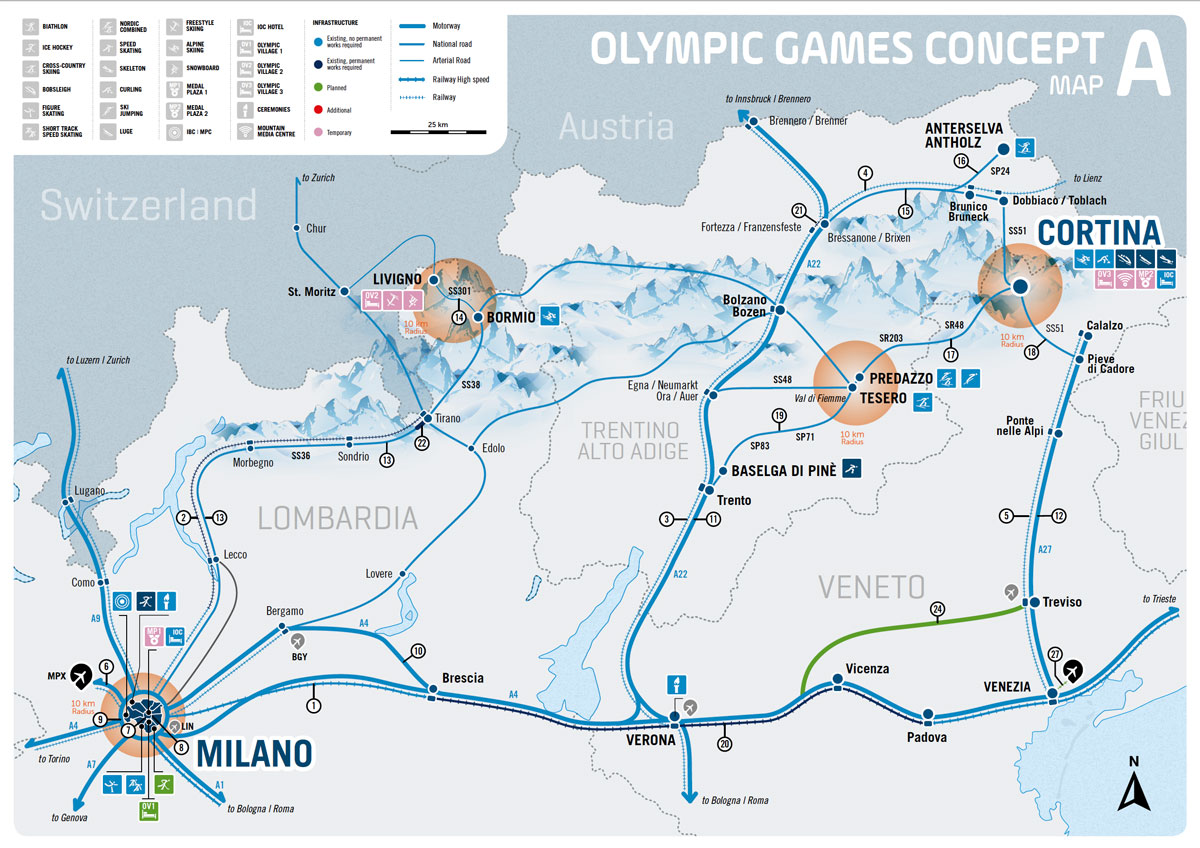
1. Connecting Milano, its metropolitan area and the world
2. An attractive and inclusive city full of opportunity
3. A green, liveable, resilient city
4. One city – 88 districts to call by name
5. A city that regenerates itself
1. Policies on mountain areas
2. Strengthening the role and positioning of the Region in the international scene and enhance its tourism attractiveness
3. Youth policies, sport and leisure
4. Sustainable development and environmental protection
5. Infrastructure, transport and sustainable mobility
1. Stimulate growth in the mountain areas to prevent depopulation
2. Improve services for tourists and citizens
3. Upgrade and renovate existing world-class sport facilities
4. Combine sport – nature and culture for citizens and tourists
The Milano Cluster
The Milano Cluster
The Milano cluster will include three competition venues:- PalaItalia Santa Giulia – Hockey 1
Milano represents one of the cradles of hockey in Italy, having already hosted the finals of the IIHF World Championships in 1994. Milano will host the men’s tournament and all the finals in a brand-new world-class venue, which will be built by private investors in Santa Giulia, with a capacity of 15,000 spectators.
The venue is very well-served both by public transport (metro and high-speed train station of Milano Rogoredo) and by the Milano motorway ring. After the Games it will be used as a multi-purpose venue;
- Milano Hockey Arena – Hockey 2
This venue was built as a temporary facility in 1985 to replace the main Sport Arena. After being closed down in 2010, it will now be completely renovated by a private investor to become another stunning multipurpose venue, hosting 7,000 people, with a specific vocation for sport events. Metro Line 1 ensures easy connection to any part of the city;
- Mediolanum Forum – Figure Skating and Short Track
This multipurpose arena is currently the main sport and entertainment venue serving the city of Milano with a capacity of 12,000 seats. Located in Assago, it is conveniently served by Metro Line 2 and is well-connected to the city centre. Easy access is provided also by the Milano motorway ring.
Many international events took place in the Mediolanum Forum, including the very successful and well-participated 2018 Figure Skating World Championships.
Before 2026, it will be upgraded to increase the overall capacity.
Other non-competition venues will include:
- Stadio Giuseppe Meazza – Opening Ceremony
Commonly called San Siro, it is one of the most iconic football stadiums in the world. With an 80,000 seat capacity,it will host the most participated opening ceremony in the history of the Winter Games, together with Beijing 2022. Two Metro lines (1 and 5) serve the venue;
- Olympic Village – Porta Romana
This village is a major private investment in the city of Milano that in its 2030 urban development plan for esees the reclamation of seven abandoned railway yards. Conveniently-located and well-dimensioned to host the athletes, it is more extensively described at Q.24-30. Public connection is ensured by Metro Line 3 and by a suburban railway line;
- IBC/MPC – Exhibition Centre
Media and broadcasters will find a superbly-equipped Media Centre in the Milano Exhibition Centre of Rho-Fiera. Perfectly served by Metro Line 1, by a high-speed station and accessible by the motorway ring, it will ensure operational efficiency and perfectly-coordinated services.
The Valtellina Cluster
The Valtellina Cluster
The Valtellina cluster will be comprised of four venues:- Bormio – Pista Stelvio. Alpine skiing Men
This is one of the many venues of our Games concept that has been selected to challenge and inspire our athletes in their Olympic performance. The Stelvio is one of the most spectacular, technical and difficult tracks in the world, having twice hosted the Alpine skiing World Championships in 1985 and 2005 and many editions of the FIS World Cup.
The starting point is located at 2,255 metres and the fin- ish line at 1,268 metres. Thanks to the lighting system the track is also approved for night races;
- Livigno – Mottolino/Sitas-Tagliede/Carosello 3000 - Snowboard and freestyle
Three adjacent venues in one of the most amazing winter resorts for young people, the city of Livigno, located at the top of Valtellina and well-connected with Switzerland as well, will host all free-style and snowboard competitions.
The three venues, which regularly host training sessions of several national teams, are all located within walking distance of one another. The venue capacities will range from 3,000 seats at the Carosello 3000 venue, to 10,000 seats at the venues of Mottolino and Sitas-Tagliede.
The non-competitive venues include the Olympic Village in Livigno, which will partially be a temporary venue located at a mere five minutes’ walk from the three venues.
The Val di Fiemme Cluster
The Val di Fiemme Cluster
Val di Fiemme will host three venues:- Baselga di Piné – Ice Rink Piné. Speed Skating
This existing outdoor venue is the most important permanent elite training facility in Italy, and has been designated host venue of major events such as the Winter Universiade in 2013 and the Junior World Championships in 2019.
A refurbished, fully-covered ice rink will provide a Speed Skating venue with a capacity of 5,000 seats for elite training and competition. At 1030 metres above sea level, it will be the highest such venue in Europe, thus providing amazing oppor- tunities for athletes to achieve outstanding results;
- Tesero – Tesero Cross-country Centre. Nordic skiing
The choice of this venue is clearly justified by the amazing track record in hosting major events (including three world championships and a Winter Universiade) and in being one of the most versatile tracks at world level.
An already perfectly-fitted and operated venue will be one of the major factors of attraction, with a capacity that is expected to welcome 30,000 people. The existing lighting system will also allow hosting night races;
- Predazzo – Trampolino ‘G. Dal Ben’. Ski Jump
In line with the IOC new norms, we have selected the best venue in Italy for this discipline, which is regularly used every year for the world cup.
The stadium covers an area of 3,000 square metres and consists of two main trampolines (HS 134 and HS 106), three school trampolines and a se- ries of facilities equipped for athletes, judges, federations, journalists and broadcasters. This fantastic venue will ac- commodate 20,000 spectators and provide a spectacular setting for the athletes.
The Cortina Cluster
The Cortina Cluster
Three competitive venues in Cortina – including some of the Cortina 1956 venues - and one in Anterselva/Antholz are included in this cluster:- Cortina – Olympic Stadium Curling
The iconic Olympic Stadium, which had hosted the Opening Ceremony of the VII Winter Olympic Games, has been carefully refurbished to maintain the original wooden stands that had been covered in 2009 to host the 2010 Curling World Championships.
It is no surprise that this venue has been the obvious choice for this discipline. With a total capacity that can reach 3,100, it will be an inspiring venue bringing back wonderful memories of past Olympics;
- Cortina – Tofane. Alpine skiing Women
Alpine Skiing finds in Cortina one of its traditional world-re- nowned venues, as confirmed by the recent assignment of the 2021 World Championships. The Venue will host all the women’s competitions and the team event. It is important to stress that, thanks to appropriate design features, it will be possible to have all finish lines converging into the same venue, that will accommodate 15,000 spectators in the Rumerlo area, thus providing also significant saving opportunities.
- Cortina – Sliding Centre ’E. Monti’.
Bobsleigh, Luge, Skeleton. This historical and iconic venue, which has worked from 1956 until 2010 without interruption, has been selected to revamp the bobsleigh tradition in Cortina, having already hosted many world and continental championships. Major renovation works will transform the existing venue into a state-of-the-art and high-performing track that will become a point of reference for practising these disciplines.
The majestic backdrop of the Cortina Dolomites will enhance the athletes’ experience and also provide a unique setting for broadcasting. The venue capacity is 9,000 people for the Games (1,000 seated);
- Anterselva/Antholz – Südtirol Arena. Biathlon.
The extraordinary array of world-class competition venues is completed by this biathlon stadium, the biggest in Italy and one of the biggest in the world. This facility is located at the end of Val Pusteria-Pustertal, at a height of 1,600 metres near the beautiful homonymous lake.
The stadium was inaugurated in 1971 and since then has hosted five world championships, with a sixth one that will take place in 2020. Given the great attraction of this discipline in Europe, the overall planned capacity will be of 19,000 spectators.
The non-competitive venues include the Olympic Village in Cortina and the Mountain Media Centre, both located in the area of Fiames, at a mere five minutes’ distance from the three venues in Cortina.
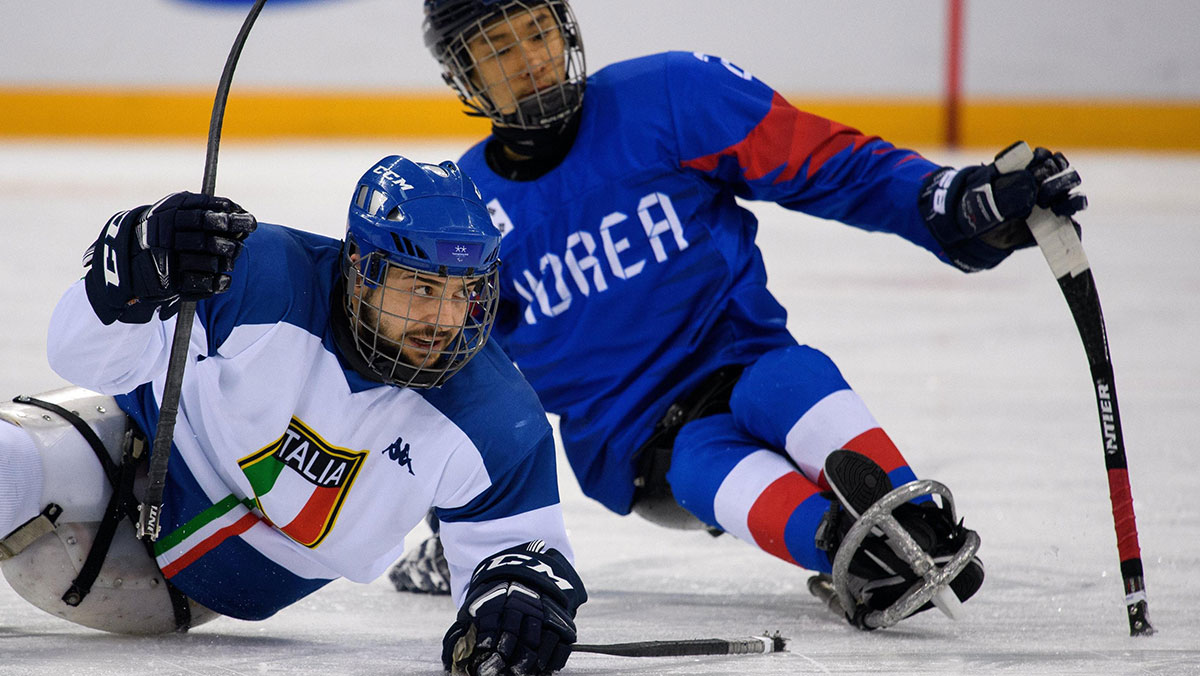
Paralympic Games
Italy has demonstrated a strong commitment to promoting Paralympic sport and to the encouragement and development of athletes with disabilities.
Read moreParalympic Games
Together, we will deliver memorable Paralympic Winter Games that embrace sustainability, using Italy’s experience, passion and heritage in winter sports to inspire para-athletes and deliver many long-term benefits for sport and society. By delivering on this vision, we will not only help to create a more inclusive and equal society in our host cities, regions and across Italy, but will positively influence young people from all over the world and make an impact on global attitudes towards people with disabilities.The overall Games governance is designed to incorporate representatives of the Italian National Paralympic Committee (NPC) at all levels to ensure full integration between the two events. The President of the National Paralympic Committee will be a member of the Consiglio Olimpico, which will be responsible for ultimate oversight of Games organisation.
Goal 1: To provide an inspirational Paralympic Games-time experience for all - for athletes, spectators, media, volunteers,officials, sponsors, business, Paralympic Games Family and most importantly, for all Italian citizens, by creating proud, special and memorable moments.
Goal 2: To promote sustainable development, strengthen cooperation in the macro-alpine region and act as a catalyst for the long-term development of Milano, Cortina and the Regions, delivering many lasting legacy benefits to society.
Goal 3: To champion the Paralympic spirit, inspire Paralympians of the future and promote para-sport at all levels, using sport and physical activity as the catalyst to change lives.
Goal 4: To reinforce Italy’s position as a leading host of para-sport events and the Italian Alps as a Winter Sports Hub, enhancing global profile and positioning on the European and world stage.
Goal 5: To strengthen the Paralympic brand, develop the Paralympic values and add value to the Paralympic Movement.
Paralympic Games Map
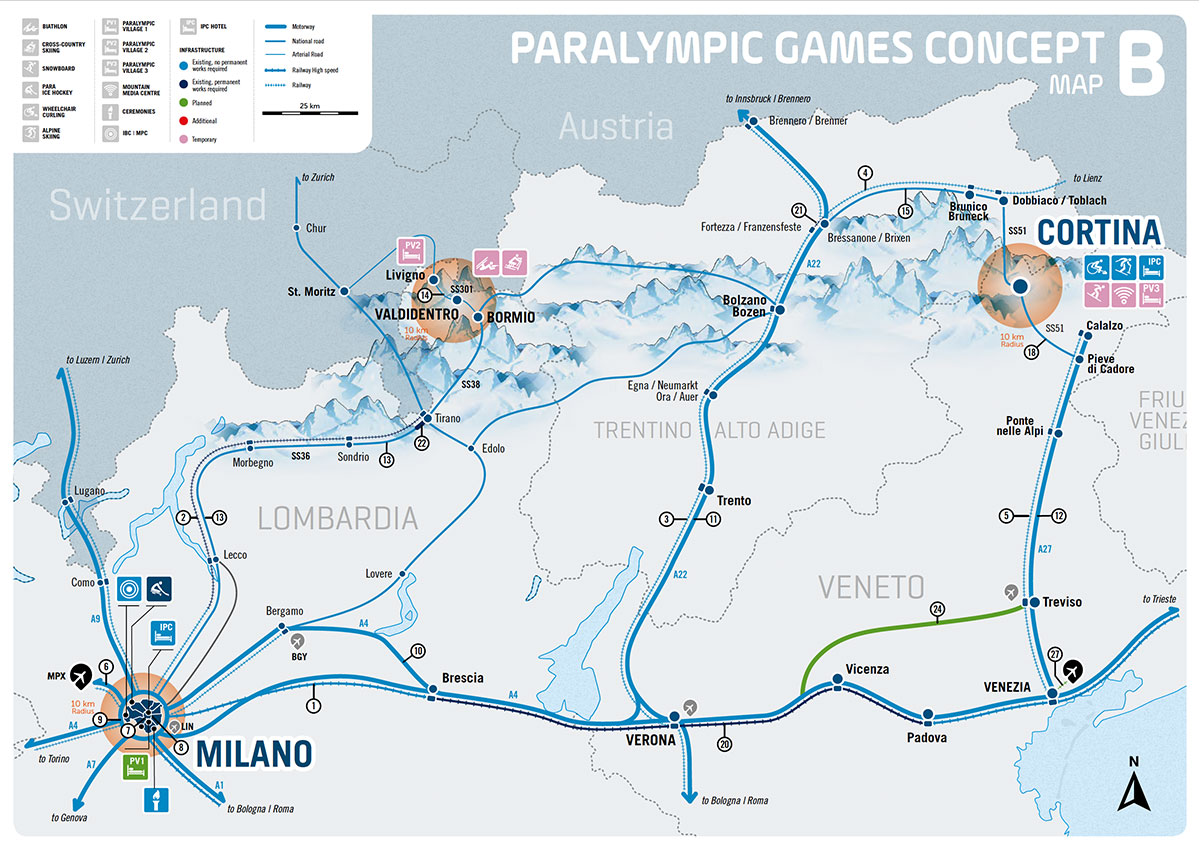
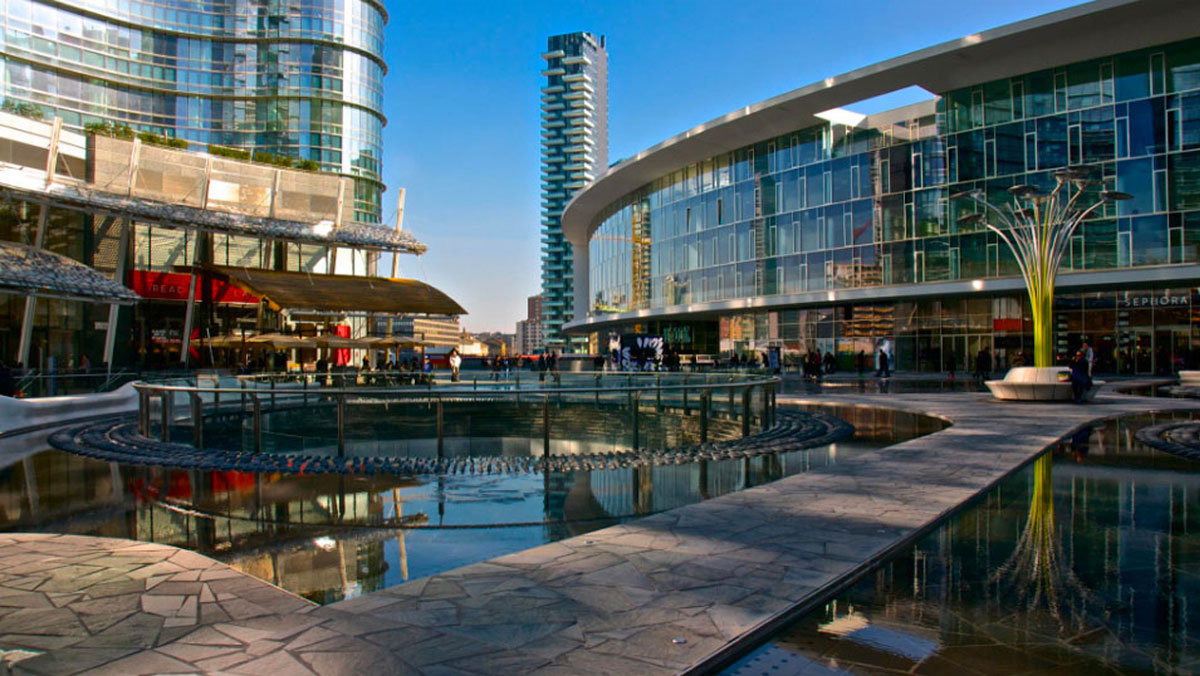
Finance Strategy
A prudential Budget will take full advantage of the new norm established by the IOC.
Read moreFinance Strategy
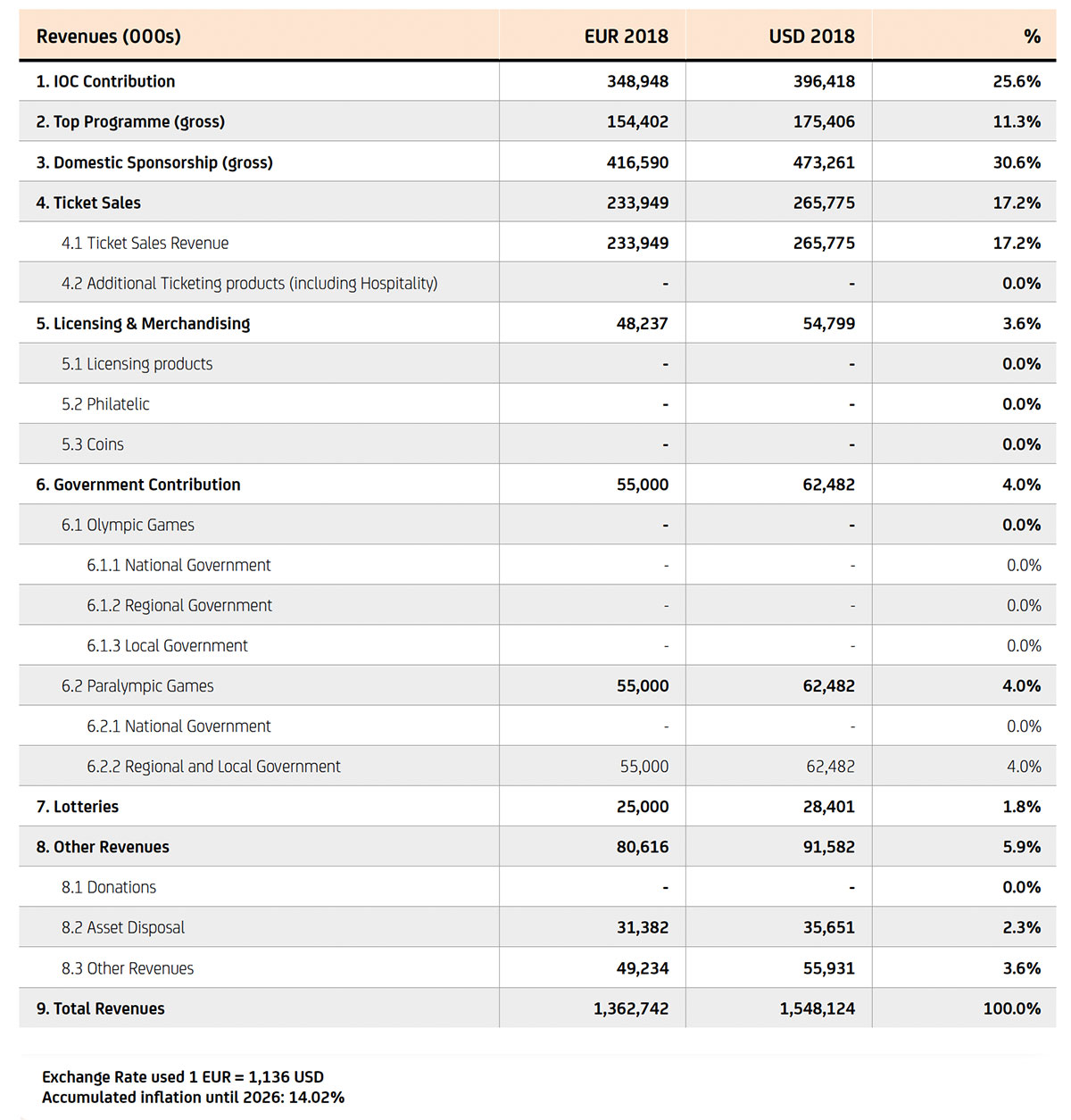
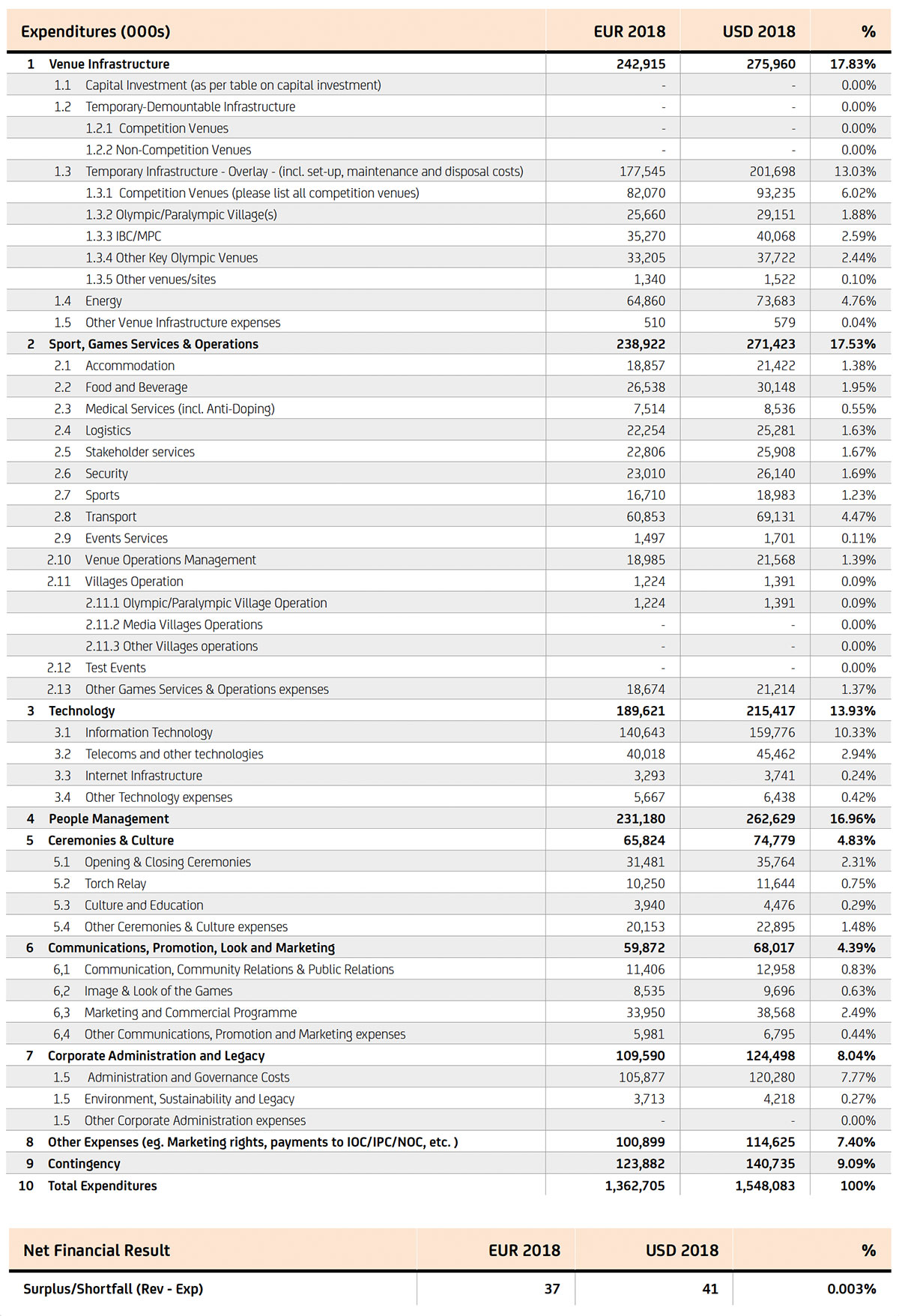
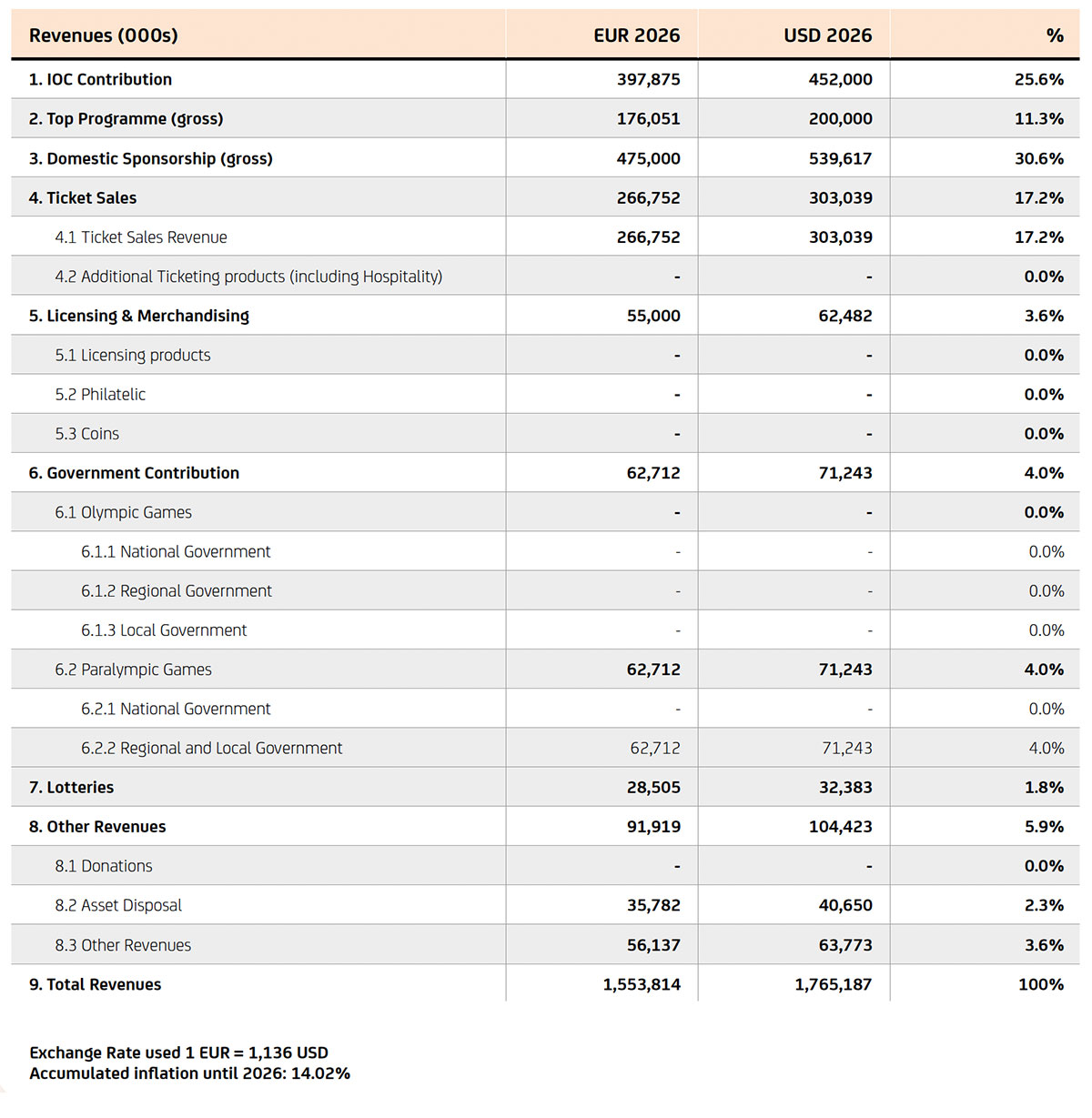
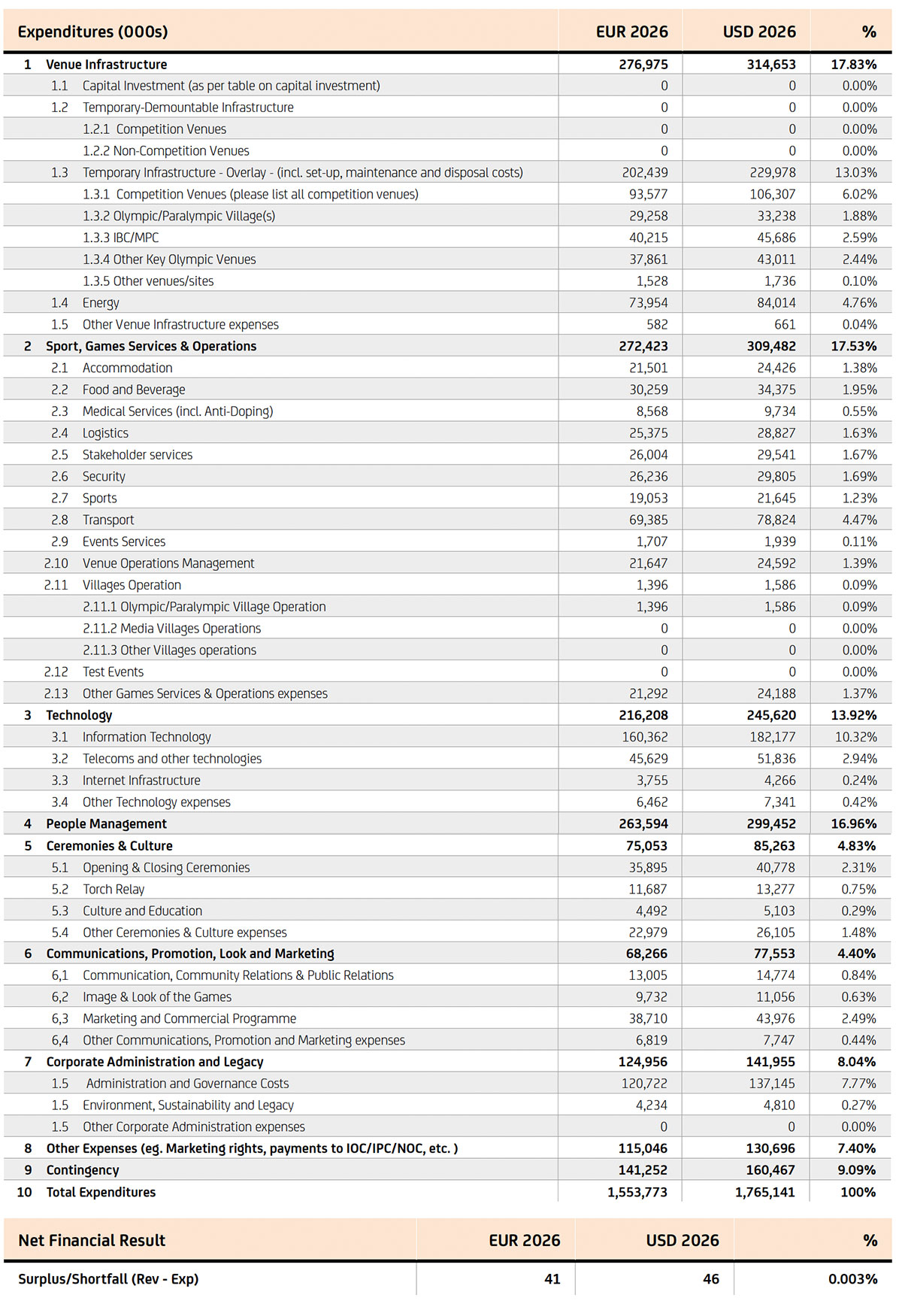
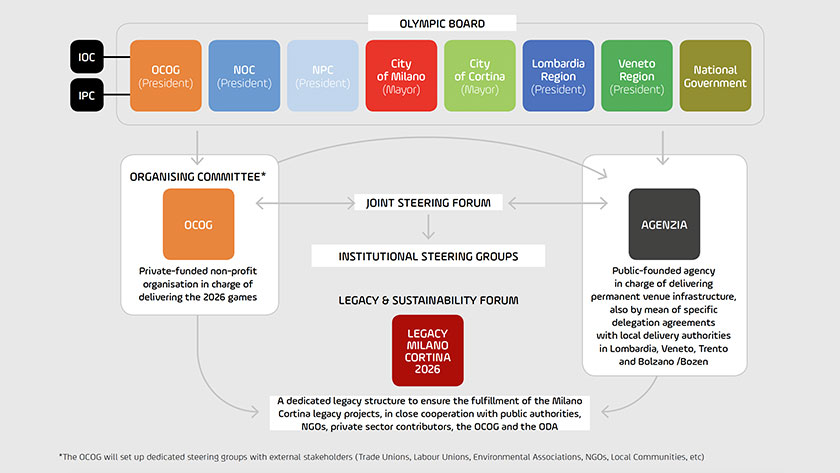
Games Governance
Milano Cortina 2026 recognises that the effective planning and delivery of Games will require an integrated governance structure, with representation from national,regional and local government and both the Italian Olympic Committee (CONI) and the Italian Paralympic Committee (CIP).
Building on Italy’s extensive major event hosting experience, clear governance structures will be put in place to manageand coordinate the work of all of the key bodies involved.
Sustainability and legacy
The long terme benefits of the MIlano Cortina 2026 Olympic and Paralympic Winter Games
Sport
Sustainability and legacy
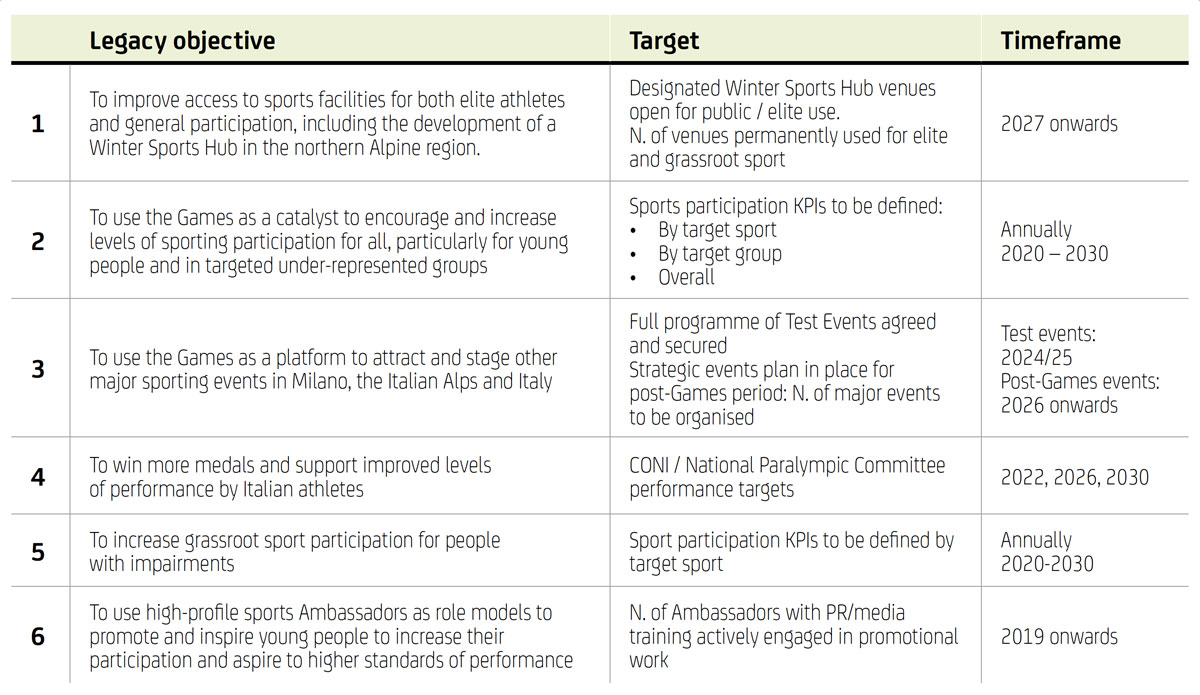
Economic
Sustainability and legacy
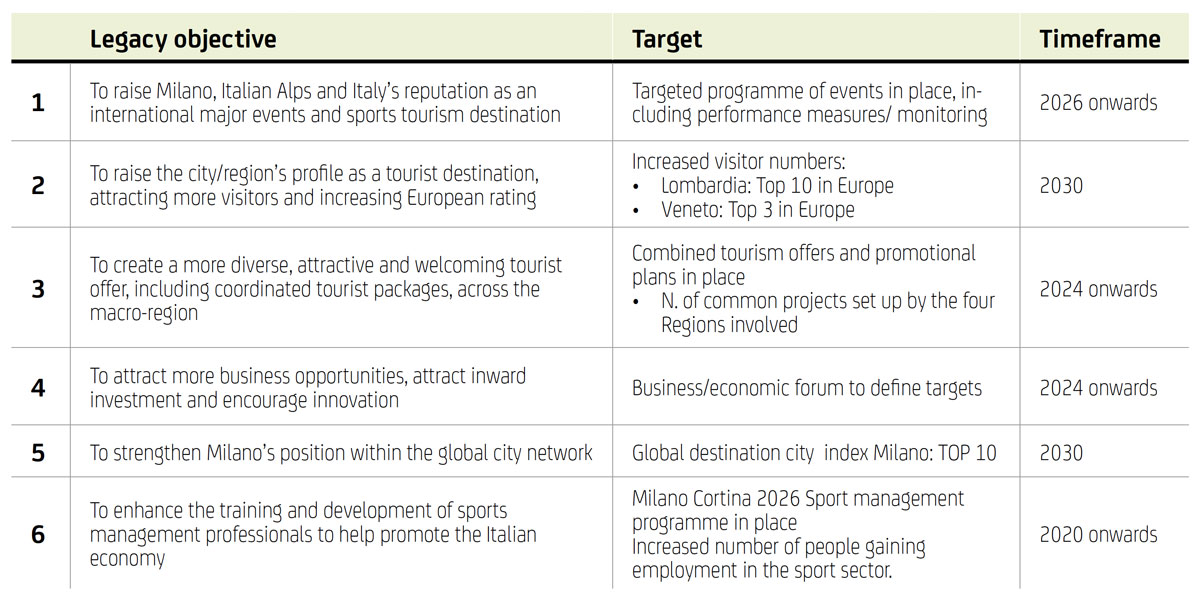
Social
Sustainability and legacy
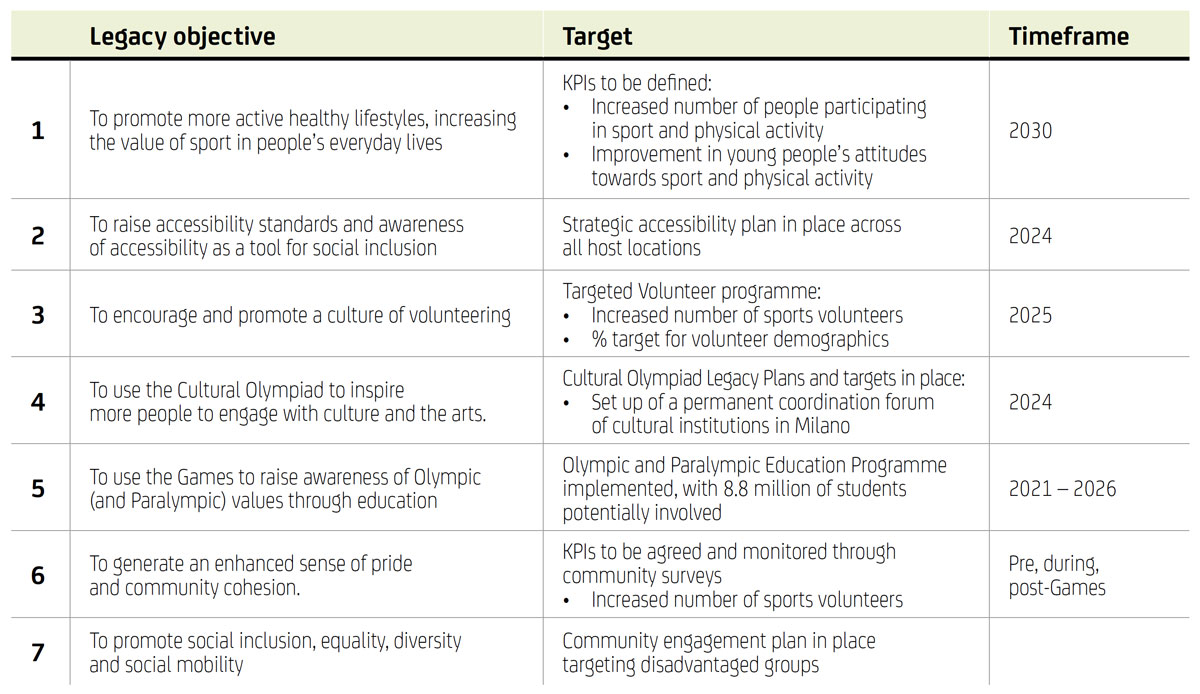
Environment
Sustainability and legacy
